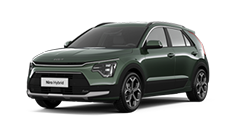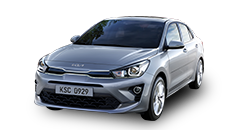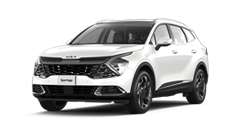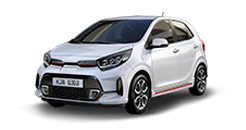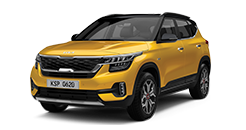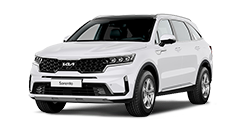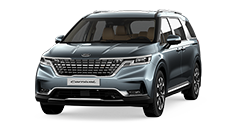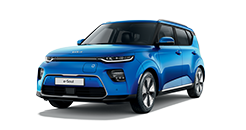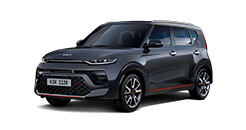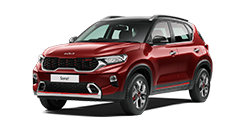open menu
- Home>
- Discover Kia>
- ASK>
- Is an all-wheel drive good in the snow?
Is an all-wheel drive good in the snow?
“If driving on snow or ice-filled streets, all-wheel drive is best. But if you expect severe winter weather conditions, the four-wheel drive would be a better fit.”
Driving during the cold months of winter can be dangerous due to rain, sleet, ice, and snow which can make the slick and dangerous if unprepared. To safely get to your destination, traction is vital. Both all-wheel drive and four-wheel drive provide a good grip on the road. However, it depends on the situation. If you plan to drive on an ice or snow-covered road, a vehicle with all-wheel drive would be ideal, as it can distribute the power from the engine to all 4 wheels simultaneously but still adjust the amount of torque accordingly. An advantage of driving a vehicle with an all-wheel drive is the system is active all the time, thus eliminating the guesswork for the driver.
On the other hand, if you often face extreme winters with unexpected conditions or live in a rural area with large amounts of snow, a four-wheel drive would be a sound choice as it is better at maneuvering off-road situations.
All-Wheel Drive (AWD)
How it works: This system is mostly found in cars and car-based SUVs. With the all-wheel drive, the system is continuously active and is managed by a computer, therefore when there are sudden changes in weather or road conditions the system automatically adapts and redistributes the power to the specific wheel that needs it most. However, within recent years, some vehicles stay on the front or rear-wheel drive and only activates when the vehicle slips.
Four-Wheel Drive (4WD)
Disadvantages: Four-wheel drives usually operate under the 2-wheel drive mode when inactive, but when in the 2WD mode, the grip becomes weaker than a front-wheel drive which has better traction as power is directed toward the front wheels and instructs the wheels to pull the car. Whereas the 4WD uses the rear wheels to push it forward, but with the added weight from the intricate system, it’s heavier and less fuel-efficient than other drive systems. Moreover, four-wheel drive systems are not suited for driving at high-speeds on dry, smooth surfaces, and should NOT be engaged under such conditions since it can cause wear and tear on the system.
How it works: This drive system is most common in most cars, wagons, and minivans. Unlike an all-wheel drive, the power from the engine only needs to go to the front wheels, therefore allowing for more space when it comes to the seats in the rear and space in the trunk.
Disadvantages: While there may be some benefits to having most of the engine weight toward the front of the vehicle, there are some setbacks as well. One negative aspect of owning a vehicle with front-wheel drive is the handling, specifically when driving at high-speeds or turning corners. This is why performance cars are most often rear-wheel drive based. However, if you are searching for an economically-friendly, standard option, a front-wheel drive is a good choice.
Rear-Wheel Drive (RWD)
How it works: This drive system solely focuses on directing the power of the engine toward the rear wheels and is usually found in cars used in professional racing, sports cars, and some sedans. It is also found in truck-based SUVs and pickup trucks since the front wheels are free, therefore their main duty is to steer while the rear wheels control the power.
Advantages: Unlike a front-wheel drive that has most of its weight focused on one end of the car, vehicles with rear-wheel drive distribute the weight of the transmission, engine, and axles evenly throughout the entire car which assists in handling and turning corners. Additionally, vehicles with rear-wheel drive are not only lighter than their all-wheel drive counterparts, but they are also more affordable to buy and maintain as well.




